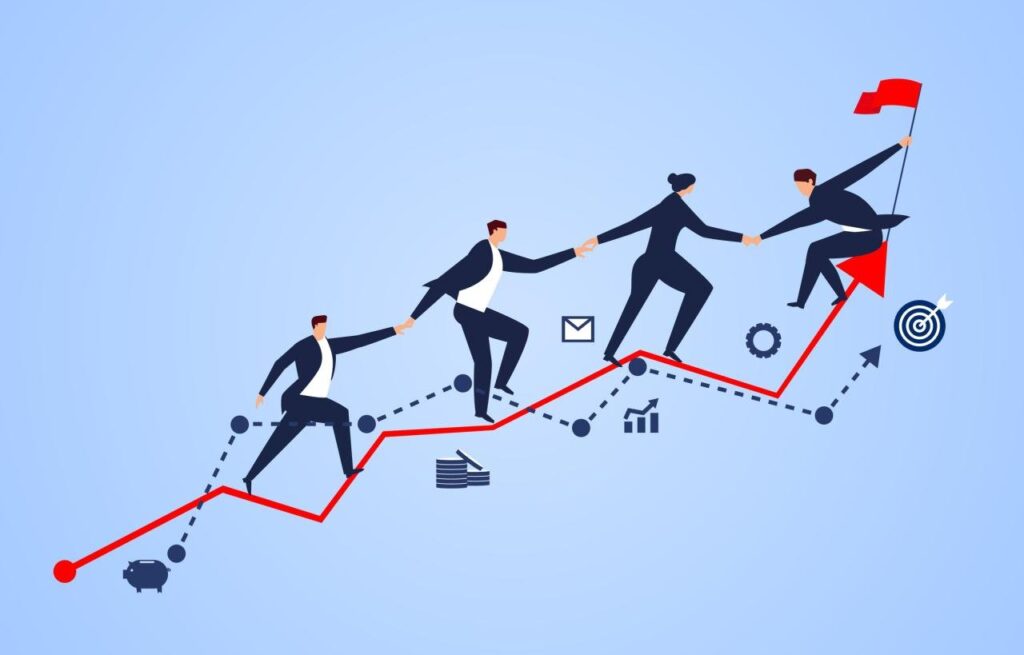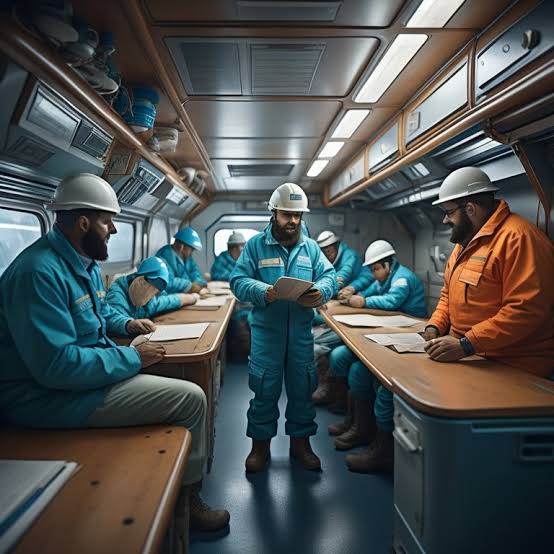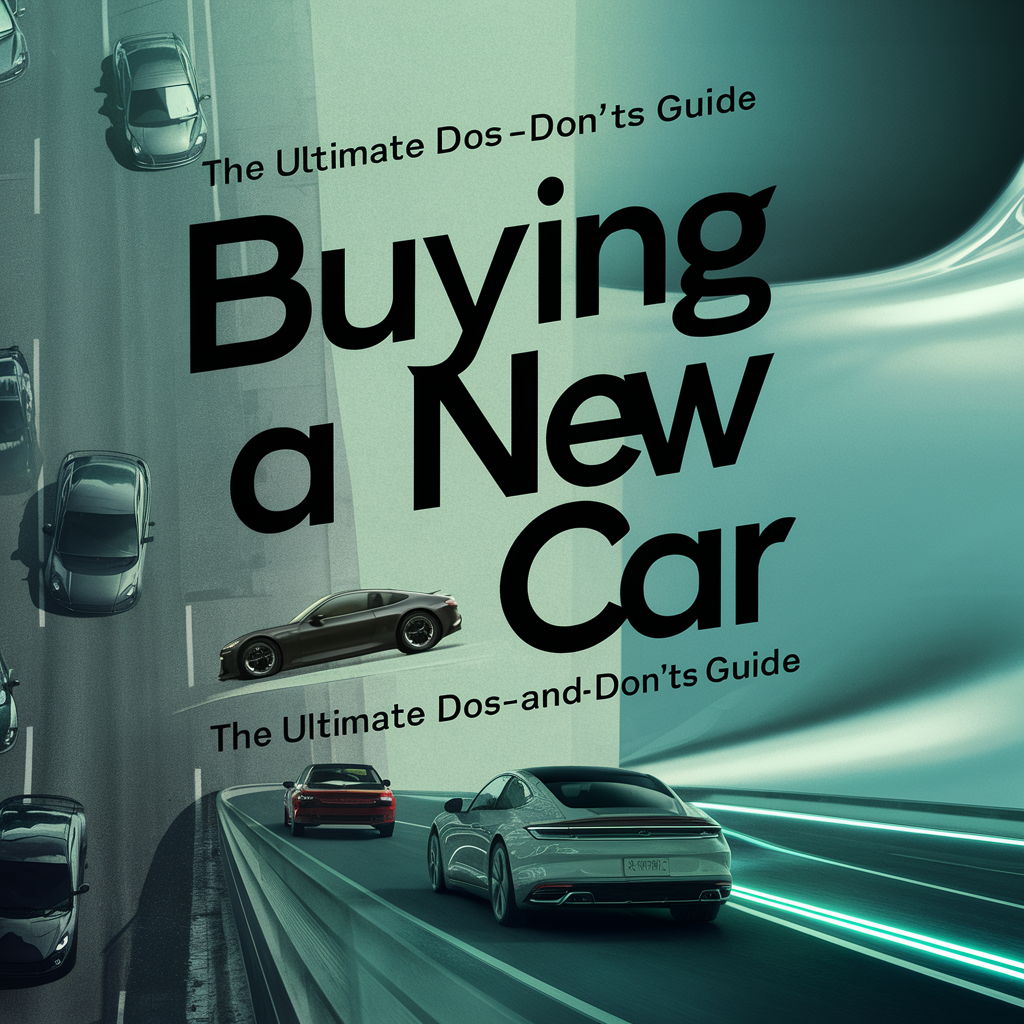In today’s dynamic business environment, traditional performance management approaches built around annual reviews are increasingly recognised as insufficient for driving optimal employee performance. The once-yearly feedback model creates significant limitations: delayed course correction, feedback that arrives too late to influence behaviour, and missed opportunities for timely recognition of achievements. Forward-thinking organisations are adopting continuous recognition systems that provide real-time appreciation, immediate reinforcement of desired behaviours, and ongoing performance dialogue. Research conclusively demonstrates that systematic recognition programmes deliver an extraordinary 28x return on investment, with particularly strong impact when implemented as part of a continuous performance strategy.
The Limitations of Annual Review Systems
Traditional performance management approaches centred on annual reviews present several significant challenges that limit their effectiveness.
Structural Limitations
- Feedback delay: Performance insights delivered months after behaviours occur
- Memory constraints: Both managers and employees struggling to recall specific achievements
- Recency bias: Disproportionate focus on most recent performance periods
- Administrative burden: Time-intensive documentation and review processes
- Anxiety generation: Stress-inducing annual events affecting psychological safety
- Limited perspective: Single evaluator viewpoint missing broader contribution visibility
- Development disconnect: Growth discussions separated from daily work experience
- Recognition scarcity: Appreciation concentrated in infrequent formal moments
Psychological Impact
The traditional approach creates several counterproductive psychological effects:
- Evaluation apprehension: Anxiety affecting performance and open communication
- Defensive posture: Protection mindset rather than growth orientation
- Feedback resistance: Psychological barriers to accepting development insights
- Motivation cyclicality: Performance spikes near review periods with intervening valleys
- Recognition deprivation: Extended periods without meaningful appreciation
- Relationship strain: Manager-employee dynamics affected by evaluation emphasis
- Performance plateaus: Stagnation between infrequent development discussions
- Change resistance: Delayed feedback making behaviour modification more difficult
The Business Case for Continuous Recognition
Moving from annual reviews to continuous recognition systems delivers substantial business benefits through multiple performance-enhancing mechanisms.
Performance Impact
Research demonstrates several measurable advantages:
- Productivity enhancement: 31% higher output and efficiency in continuous recognition environments
- Quality improvement: 24% increase in work quality with real-time appreciation
- Goal achievement: 37% higher target attainment with recognition-rich approaches
- Innovation acceleration: 41% increase in creative solutions when consistently acknowledged
- Skill development: 29% faster capability growth with continuous feedback and recognition
- Collaboration strengthening: 42% improvement in teamwork with recognition-rich cultures
- Agility improvement: 36% greater adaptability to changing conditions
- Financial impact: €10,380 average annual gain per employee through improved performance
Engagement and Retention Benefits
Beyond direct performance gains, continuous recognition delivers additional advantages:
- Enhanced engagement: Organisations implementing comprehensive recognition see 71% higher employee engagement
- Improved retention: Effective recognition reduces staff turnover by 30%
- Cultural transformation: 85% improvement in workplace culture metrics through strategic recognition
- Relationship enhancement: 47% stronger manager-employee connections in recognition-rich environments
- Psychological safety: 39% higher comfort with risk-taking and innovation
- Wellbeing improvement: 34% reduction in workplace stress and burnout indicators
- Purpose connection: 43% stronger alignment with organisational mission and values
- Discretionary effort: 63% more employees reporting willingness to go “above and beyond”
Key Components of Continuous Recognition Systems
Successful continuous recognition programmes incorporate several essential elements that drive ongoing performance improvement.
Real-Time Appreciation Infrastructure
- Digital recognition platforms: Technology enabling immediate appreciation delivery
- Mobile accessibility: Anywhere, anytime recognition capabilities
- Simplified processes: Low-friction approaches encouraging frequent participation
- Multiple initiation points: Recognition from various sources (managers, peers, clients)
- Achievement visibility: Public acknowledgment amplifying impact
- Timing optimisation: Recognition delivered within optimal windows after behaviours
- Integration with workflows: Appreciation embedded within existing work processes
- Notification systems: Alerts ensuring recognition awareness
Performance-Focused Recognition Types
Effective systems include various recognition categories addressing different performance dimensions:
- Value embodiment: Appreciation for demonstrating organisational principles
- Goal achievement: Recognition for attaining specific objectives
- Behaviour reinforcement: Acknowledgment of specific performance-enhancing actions
- Skill demonstration: Appreciation for capability application and development
- Extra effort: Recognition for discretionary contribution beyond expectations
- Problem-solving: Acknowledgment of effective challenge resolution
- Innovation contribution: Appreciation for creative improvements
- Collaboration excellence: Recognition for effective teamwork and partnership
Continuous Feedback Integration
Recognition serves as a complement to broader performance dialogue:
- Recognition-feedback connection: Appreciation reinforcing developmental insights
- Growth orientation: Focus on continuous improvement rather than evaluation
- Forward-looking emphasis: Recognition highlighting path to future success
- Strength reinforcement: Appreciation building on existing capabilities
- Developmental coaching: Recognition incorporated within ongoing guidance
- Skill-building connection: Appreciation linked to capability development
- Two-way dialogue: Mutual feedback and recognition between managers and employees
- Growth mindset reinforcement: Recognition celebrating learning and development
Implementation Framework for Continuous Performance Recognition
Successfully deploying continuous recognition requires a strategic approach replacing traditional review systems with more effective alternatives.
Phase 1: Performance Recognition Strategy
- Current state assessment: Evaluate existing performance management and recognition approaches
- Stakeholder involvement: Engage leaders, managers, and employees in system design
- Success definition: Establish clear objectives for continuous recognition
- Performance link clarification: Connect recognition directly to key performance indicators
- Recognition criteria: Define specific behaviours and achievements warranting appreciation
- Frequency framework: Determine optimal recognition cadence across different types
- Manager role definition: Clarify leadership responsibilities in continuous recognition
- Change management planning: Develop transition approach from traditional systems
Phase 2: Performance Recognition Design
- Recognition-performance framework: Create integrated approach connecting appreciation to results
- Technology selection: Choose platforms supporting continuous recognition objectives
- Manager enablement: Design leadership tools supporting performance recognition
- Recognition types: Define various categories of performance-based appreciation
- Feedback integration: Connect recognition with developmental insights
- Goal alignment: Link recognition directly to performance objectives
- Measurement approach: Establish analytics tracking recognition-performance connection
- Policy development: Create guidelines for performance-based recognition
Phase 3: Implementation Approach
- Leadership alignment: Secure executive commitment to continuous recognition
- Manager education: Train leaders on performance-focused appreciation approaches
- Communication planning: Develop messaging explaining the new system
- Pilot implementation: Test continuous recognition in select departments
- Early adoption encouragement: Create initial participation incentives
- Success highlighting: Share early performance impact examples
- Feedback collection: Gather input on system effectiveness
- Continuous improvement: Refine approach based on initial experience
Phase 4: Integration with Performance Management
- Performance dialogue restructuring: Move from annual to ongoing conversations
- Manager coaching: Develop leadership capability for continuous feedback
- Recognition moment guidance: Provide frameworks for effective appreciation
- Development planning connection: Link recognition to growth opportunities
- Technology integration: Connect recognition and performance management systems
- Documentation evolution: Move from annual reviews to continuous achievement recording
- Career development alignment: Connect recognition to advancement pathways
- Compensation connection: Link continuous performance recognition to reward systems
Continuous Recognition Across Different Workforce Types
Different employee segments require tailored continuous recognition approaches:
Knowledge Workers
Professional and technical staff benefit from recognition focusing on:
- Intellectual contribution: Appreciation for knowledge application and development
- Problem-solving excellence: Recognition for effective solution creation
- Innovation implementation: Acknowledgment of creative improvements
- Expertise sharing: Appreciation for knowledge transfer and teaching
- Quality delivery: Recognition for exceptional work products
- Analytical excellence: Acknowledgment of effective data-based decisions
- Professional development: Appreciation for capability growth and learning
- Client impact: Recognition for customer-focused solutions
Customer-Facing Employees
Service-oriented roles respond to recognition emphasising:
- Customer satisfaction: Appreciation for exceptional client feedback
- Relationship building: Recognition for developing strong customer connections
- Service recovery: Acknowledgment of effective problem resolution
- Sales achievement: Appreciation for revenue generation and business development
- Brand representation: Recognition for exemplifying organisational values with clients
- Client retention: Acknowledgment of maintaining important relationships
- Service innovation: Appreciation for improving customer experience
- Feedback collection: Recognition for gathering valuable client insights
Manufacturing and Operations
Operational roles benefit from continuous recognition highlighting:
- Safety leadership: Appreciation for maintaining secure work environments
- Quality excellence: Recognition for error-free production
- Efficiency improvement: Acknowledgment of process optimisation
- Production achievement: Appreciation for meeting or exceeding targets
- Reliability demonstration: Recognition for consistent performance
- Continuous improvement: Acknowledgment of operational enhancement suggestions
- Adaptability: Appreciation for flexibility during changing requirements
- Technical proficiency: Recognition for skill application and development
Managing the Transition from Annual Reviews
Successfully moving from traditional approaches to continuous recognition requires careful change management focused on various stakeholders.
Executive Leadership Considerations
- Strategic alignment: Connect continuous recognition to organisational priorities
- ROI demonstration: Provide compelling business case for the transition
- Resource allocation: Secure appropriate investment for implementation
- Leadership modelling: Encourage executive participation in continuous recognition
- Accountability establishment: Create leadership expectations for system adoption
- Success measurement: Develop executive dashboards showing performance impact
- Strategic communication: Position continuous recognition as business strategy
- Cultural vision: Articulate desired performance culture supported by recognition
Manager Enablement Approach
- Mindset evolution: Shift from evaluator to coach perspective
- Skill development: Build capability for ongoing performance dialogue
- Recognition training: Develop appreciation delivery expertise
- Time management: Create efficient approaches fitting within existing workload
- Tool provision: Supply practical resources supporting continuous recognition
- Accountability framework: Establish expectations for recognition participation
- Success stories: Share effective manager experiences and approaches
- Peer learning: Create communities of practice for performance recognition
Employee Experience Design
- Change explanation: Communicate benefits of continuous recognition approach
- Participation guidance: Provide clear direction on system engagement
- Expectation setting: Establish understanding of new performance approaches
- Feedback channels: Create mechanisms for system improvement suggestions
- Recognition reciprocity: Encourage multi-directional appreciation
- Success celebration: Highlight positive experiences with the new approach
- Continuous improvement: Refine system based on employee experience
- Adoption incentives: Create motivation for active participation
The Amplify Approach to Continuous Performance Recognition
Amplify, part of the award-winning Allgo Group, has established itself as a leader in recognition solutions specifically designed for continuous performance improvement. Their Recognition Hub transforms how organisations approach employee appreciation with features enabling real-time, performance-focused recognition.
Operating across 60 countries with multilingual capabilities, Amplify’s Recognition Hub provides organisations with sophisticated capabilities supporting continuous performance recognition:
- Real-time recognition capabilities enabling immediate appreciation
- Performance-linked recognition categories aligned with business objectives
- Mobile accessibility allowing anywhere, anytime participation
- Manager enablement tools supporting continuous feedback delivery
- Comprehensive analytics measuring recognition-performance connection
- Goal achievement celebration focusing appreciation on results
- Peer recognition facilitating multidirectional performance feedback
- Integration capabilities connecting with performance management systems
Their client portfolio includes industry leaders such as Virgin Media, Salesforce, Volkswagen Group, and Irish Distillers, demonstrating their ability to implement effective continuous recognition across diverse sectors.
As one Amplify client, Securitas, reports: “Amplify’s software has completely transformed our recognition programme and has elevated employee engagement to new heights. The platform is user-friendly, highly customisable, and the results have been outstanding. We’ve seen a significant improvement in team morale, stronger bonds within the team, and a noticeable increase in teamwork.”
Future Trends in Continuous Performance Recognition
The landscape of performance-focused recognition continues to evolve, with several emerging trends shaping future approaches:
Technology Evolution
- AI-powered recognition suggestions: Machine learning identifying appropriate appreciation moments
- Predictive performance analytics: Recognition data revealing performance trends
- Natural language processing: Sentiment analysis enhancing recognition quality
- Voice-activated recognition: Frictionless appreciation through conversational interfaces
- Immersive recognition experiences: Augmented and virtual reality celebration environments
- Workflow integration: Recognition embedded within productivity tools
- Intelligent timing: Optimal moment identification for recognition delivery
- Performance visualisation: Dynamic dashboards connecting recognition to results
Strategic Advancement
- Recognition-compensation integration: Performance appreciation informing reward decisions
- Continuous performance dialogue: Recognition as foundation for ongoing feedback
- Skill development connection: Appreciation linked directly to capability building
- Development pathing: Recognition informing career progression opportunities
- Team performance focus: Collective achievement recognition gaining prominence
- Strategic recognition alignment: Appreciation directly connected to organisational priorities
- Wellbeing integration: Performance recognition considering sustainability and balance
- External recognition extension: Appreciation visibility beyond organisational boundaries
Implementing Your Continuous Performance Recognition Strategy
For organisations seeking to move beyond annual reviews to continuous recognition, several key considerations should guide implementation:
Performance Culture Assessment
- Recognition gap analysis: Identify current appreciation patterns and opportunities
- Performance system evaluation: Assess traditional review approaches for limitations
- Manager capability assessment: Evaluate leadership readiness for continuous recognition
- Technology readiness: Determine current system suitability for new approach
- Cultural alignment check: Ensure compatibility with organisational values
- Employee preference research: Gather input on desired recognition approaches
- Performance metric review: Identify key indicators for recognition connection
- Implementation readiness: Evaluate organisational capacity for change
Strategic Transition Planning
- Phased approach design: Create graduated implementation timeline
- Leadership case development: Build compelling rationale for the transition
- Resource allocation: Secure appropriate investment for implementation
- Priority identification: Determine highest-impact initial focus areas
- Success definition: Establish clear measures of effectiveness
- Risk mitigation: Develop strategies addressing potential challenges
- Role clarity: Define stakeholder responsibilities in the new approach
- Communication planning: Create messaging explaining benefits and expectations
Performance Recognition as Strategic Advantage
The evolution from annual reviews to continuous recognition represents a fundamental shift in how organisations approach performance management. By implementing real-time appreciation directly connected to results, companies create environments where employees receive immediate reinforcement of positive behaviours, understand their contribution impact, and experience ongoing development dialogue throughout the year.
The evidence is compelling: continuous recognition delivers transformative performance results, including 31% higher productivity, 24% improved quality, and 37% greater goal achievement. As organisations seek competitive advantage through enhanced workforce performance, those implementing sophisticated, continuous recognition gain significant advantage in developing, engaging, and retaining high-performing talent.
The most effective approaches combine technological enablement with psychological insight, creating recognition ecosystems that drive performance improvement while delivering measurable business impact. Through strategic design and consistent implementation, organisations can transform performance management from an administrative requirement into a powerful driver of ongoing achievement and success.
About Amplify:
Amplify is part of the Allgo Group, the award-winning Irish company that delivers success through people. Their products and services are used by thousands of businesses to engage, reward and recognise the people who help them succeed – from employees to channel partners to customers.
At Amplify, they are dedicated to driving employee engagement by embedding a culture of recognition into the very DNA of businesses. With a presence in over 60 countries and support for multiple languages, their impact is widely recognised across the globe.
They specialise in providing expertise, cutting-edge technology, and creative solutions that enable companies to achieve their strategic objectives through world-class incentives, rewards, and promotions. As a 100% Irish-owned company based in Dublin city centre, Amplify is proud to develop innovative solutions that have set the market standard since 2010.
Their diverse client base includes renowned Irish and global companies such as Irish Distillers, Heineken, Coca-Cola, Salesforce, Sogeti, Trend Micro, Glanbia, AIG, Volkswagen Group, Savills, Boston Scientific, and Behaviour & Attitudes.






